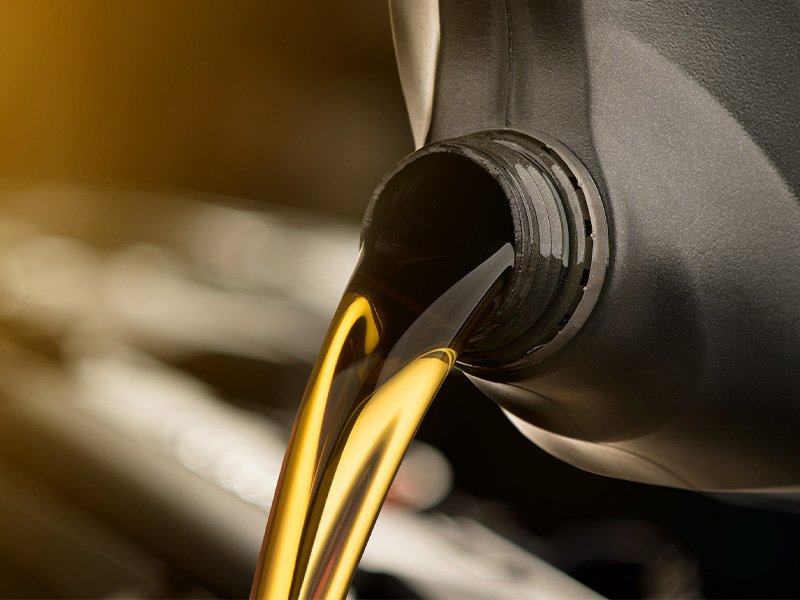Virgin Fuel Oil (D6)
Virgin fuel oil, known as Residual Fuel Oil or D6, is a high-viscosity liquid that plays a crucial role in various industrial applications. Here, we explore the characteristics, applications, and standards associated with this type of fuel oil.
Characteristics of Virgin Fuel Oil (D6)
- High Viscosity and Pre-Heating: D6 is characterized by its high viscosity, requiring pre-heating to a temperature range of 104 ºC to 127 ºC (220 ºF – 260 ºF) before use.
- Composition: It consists of long-chain hydrocarbons, including alkanes, cycloalkanes, and aromatics. D6 is derived from the heaviest commercial fuels that crude oil can yield.
- The term virgin fuel oil (D6) generally includes any liquid fuel that is burned in a furnace or boiler to generate heat.
- Virgin Fuel Oil (D6) is also used in an engine to generate power. However, it does not usually include other liquid oils. Such as those with a flash point of approximately 42 °C (108 °F). It is burnt in cotton–or wool–wick burners. In a stricter sense, fuel oil refers only to the heaviest commercial fuels. That crude oil can yield, that is, those fuels heavier than gasoline (petrol) and naphtha.
Fuel oil consists of long–chain hydrocarbons, particularly alkanes, cycloalkanes, and aromatics. Small molecules, such as those in Propane, Naphtha, gasoline for cars. Also for aviation jet fuel (kerosene), have relatively low boiling points. They are removed at the start of the fractional distillation process. Heavier petroleum products like diesel fuel and lubricating oil. They are much less volatile and distill out more slowly, while bunker oil is literally the bottom of the barrel. In oil distilling, the only components denser than bunker fuel are carbon black feedstock and bituminous residue (asphalt), which is used for paving roads and sealing roofs.
Virgin Fuel Oil D6 is mostly used for generators. Recent changes in fuel quality regulation now require further refining of the D6 in order to remove the sulfur (S), which leads to a higher cost. Despite this recent change, D6 is still less useful because of its viscosity as well as that it needs to be pre–heated before it can be used and contains high amounts of pollutants, such as sulfur. Since it requires pre–heating, it cannot be used in small ships or boats or cars. However large ships and power plants can use the residual fuel oil.
Virgin fuel oil (D6) is a type of residual fuel, mainly used in power plants and larger ships. It is not possible to use it in smaller engines or vessels/vehicles where it is not possible to pre–heat it. D6 is its name in the USA. In other parts of the world, it has other names.
Standards and Classifications of Virgin Fuel Oil:

D6 Diesel Standards and Classification CCAI and CII are two indexes which describe the ignition quality of residual fuel oil. The CCAI is especially often calculated for marine fuels. Despite these marine fuels are still quoted on the international bunker markets with their maximum viscosity. It is set by the ISO 8217 standard (see below) due to the fact that marine engines are designed to use different viscosities of fuel.
The unit of viscosity used is the Centistokes. The D6 fuel most frequently quoted are listed below in order of cost, the least expensive first:
- IFO 380 – Intermediate D6 Fuel Oil with a Maximum Viscosity of 380 Centistokes.
- IFO 180 – Intermediate D6 Fuel Oil with a Maximum Viscosity of 180 Centistokes.
- LS 380 – Low–Sulphur (<1.5%) Intermediate D6 Fuel Oil with a Maximum Viscosity of 380 Centistokes.
- LS 180 – Low–Sulphur (<1.5%) Intermediate D6 Fuel Oil with a Maximum Viscosity of 180 Centistokes.
- MDO – Marine Diesel Oil.
- MGO – Marine Gasoil.
Russia is one of the big producers of D6 Fuel Oil and main refineries in Russia produce this product in large quantities. Russian Virgin Fuel Oil (D6) has a very good quality.













